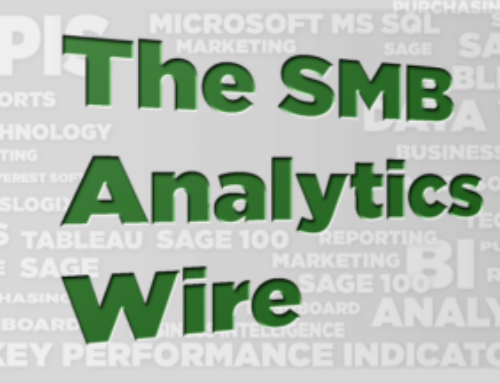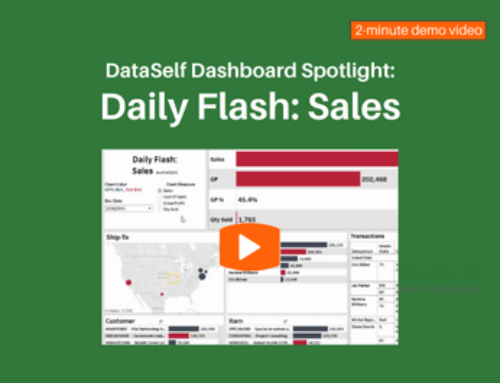Bellwether Magazine – Summer 2015 issue
 At first, Dell Computer’s sale in 2009 of $1 Million in refurbished equipment only proved that Twitter rivaled old, traditional marketing. But then executives at SMBs realized something more: The big guys no longer had the advantage.
At first, Dell Computer’s sale in 2009 of $1 Million in refurbished equipment only proved that Twitter rivaled old, traditional marketing. But then executives at SMBs realized something more: The big guys no longer had the advantage.
Influence doesn’t come from what you learn from data. Here are a few guidelines to leveraging your data so that you can win big at social media marketing.
1. Start by listening
Before you touch any data, take time to listen in. Keep an ear open for comments on your products, your market segment, and prospective segments.
2. Set Goals
Do you want to spread awareness of your brand? Generate leads? This helps you decide which platforms and tools to use.
3. Find trends in your data
Use data discovery regularly to see which users to watch, what words seem to matter most, and to identify micro-segments. Remember that keywords evolve fast. What you learn in discovery this week can change next week. With the right tool, it’s all there for you to discover and be ready with agile responses to your marketplace.
4. Monitor influential users and key words
Suppose a user called @beththefluencer tweets about your product, “Great results with BigProductQ!” Only a few years ago, that comment would have been lost to the office water cooler. But now you can see it and even count the times it was retweeted. Go even deeper and compare that count with others, perhaps by comparing positive tweets with negative ones. Compare those results with competitors’ products.
5. Visualize your data
Your data analysis can get complicated fast, and most people need more than Excel. You need a fast, easy visualization tool that makes it easy to slice and dice social media data, plus fold it into your ERP and CRM data. You’ll get full, rich meaning while it’s still relevant and actionable.
6. Learn from surprises
With data comes surprises, but also the most meaningful insights. The Tableau software marketing team, for example, remembers the tweet called just “Hey, girl.” It had won unexpected popularity. But why? The team soon understood – it was just fun. They started send more “fun” tweets.
7. identify the microsegments
Socia media lets you identify people by their interests. Tracking response to messages by segment can tell you a lot about your product’s potential and vulnerability.
8. Be social, have fun, be real
With old media., the vendor was like a DJ at a party, playing the music he thought suited the audience. But no matter how well he picked the songs, he was always an outsider. With social media, the vendor is one of the gang. Abuse the unspoken rules, though, and you’re ignored or even banned. In social media, you build relationships. you in influence for being interesting and being interested in other people. The more you’re known and trusted, the more impact you’ll have.
9. Always show up to the party
Make social media part of your daily routine. It’s a fickle crowd. Don’t risk being forgotten.
10. Evaluate
What’s your ROI? If you’re gaining followers and being retweeted and liked, keep it up. If not, adjust.
To accomplish all this, you need a good visualization and data discovery tool.
DataSelf Analytics, powered by Tableau, might be a great option to you. DataSelf Analytics makes data analysis and reporting accessible to leaders at all levels – in fact, just about everyone from beginner to expert, with no help from IT. The following videos provide further insights:
- Examples of analytics for social media such as Facebook and Twitter
- Example of analytics from Google Analytics and ERP system data
No one talks about that Dell sale anymore except to make a point: use social media and keep your eye on the data. Contact Tableau and DataSelf to learn more how together they might improve your social media initiatives.




